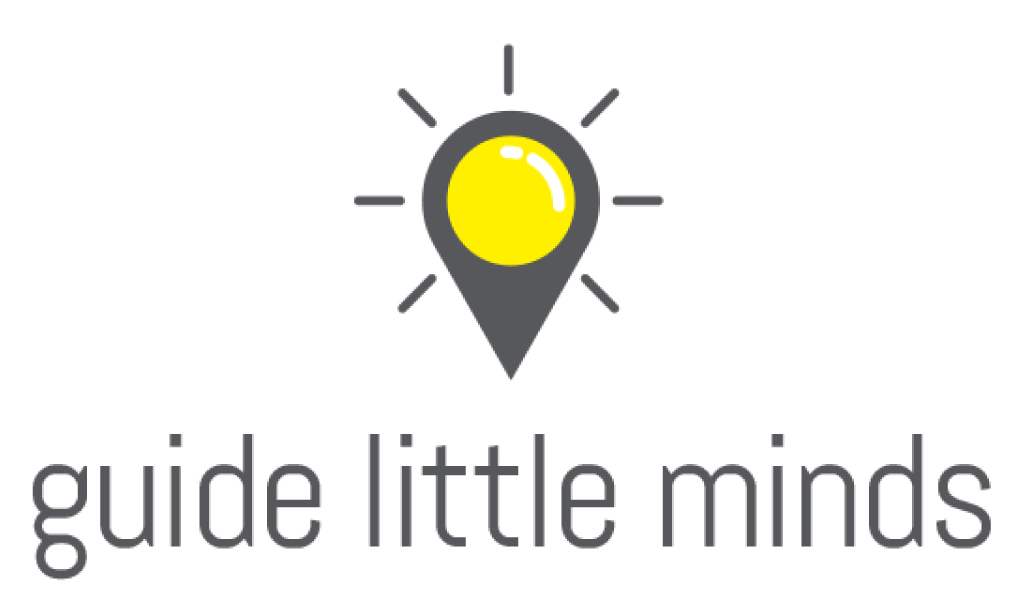Understanding ADHD: Navigating the Gap Between Intelligence and Social-Emotional Development

Bridging the Intellectual and Social-Emotional Gap in Children with ADHD
Attention Deficit Hyperactivity Disorder (ADHD) is often misunderstood as a problem related to a child’s intelligence. However, this couldn’t be further from the truth. ADHD is a complex condition that can create a discrepancy between a child’s intellectual capabilities and their social-emotional development. For parents navigating this journey, understanding this gap is crucial in supporting their child effectively.
The Intellectual Strengths in ADHD
Children with ADHD often display remarkable intelligence and creativity. They may have a high level of curiosity, an exceptional memory, or advanced problem-solving skills. Their unique way of thinking can lead to innovative ideas and solutions.
Key Points for Parents:
– Recognize the Strengths: Celebrate and nurture your child’s intellectual abilities. Encourage their interests and provide opportunities for them to explore and excel.
– Understand the Discrepancy: Realize that their academic abilities might not align with their social and emotional skills.
The Social-Emotional Challenges
While intellectually adept, children with ADHD may lag in their social and emotional development. They might struggle with impulse control, emotional regulation, and social skills. This lag can make it challenging for them to relate to peers, leading to feelings of isolation or misunderstanding.
Key Points for Parents:
– Empathy and Support: Be empathetic to their struggles. Understand that their social and emotional responses may not always match their intellectual level.
– Social Skills Training: Consider programs or therapies focused on social skills. These can provide structured learning in areas like empathy, conversation skills, and emotional regulation.
– Create Safe Social Environments: Facilitate social interactions in controlled settings where your child feels safe and supported.
Bridging the Gap
The goal is to bridge the gap between a child’s intellectual abilities and their social-emotional skills. This requires a balanced approach that addresses both aspects of their development.
Key Points for Parents:
– Integrated Approach: Combine academic enrichment with social-emotional learning. Activities that blend learning with social interaction can be particularly effective.
– Professional Guidance: Seek support from educational and psychological professionals who understand the nuances of ADHD.
– Parental Involvement: Be actively involved in your child’s social and emotional learning. Model appropriate social behaviors and emotional responses.
The Role of Medication and Therapy
Medication can be a valuable tool in managing ADHD symptoms, particularly those that affect concentration and impulsivity. However, medication should be part of a broader treatment plan that includes therapy and behavioral strategies.
Key Points for Parents:
– Consult Healthcare Providers: Work closely with healthcare professionals to find the right balance of medication and therapy.
– Holistic Treatment: Consider therapies that focus on emotional regulation and social skills, in addition to traditional ADHD treatments.


Responses